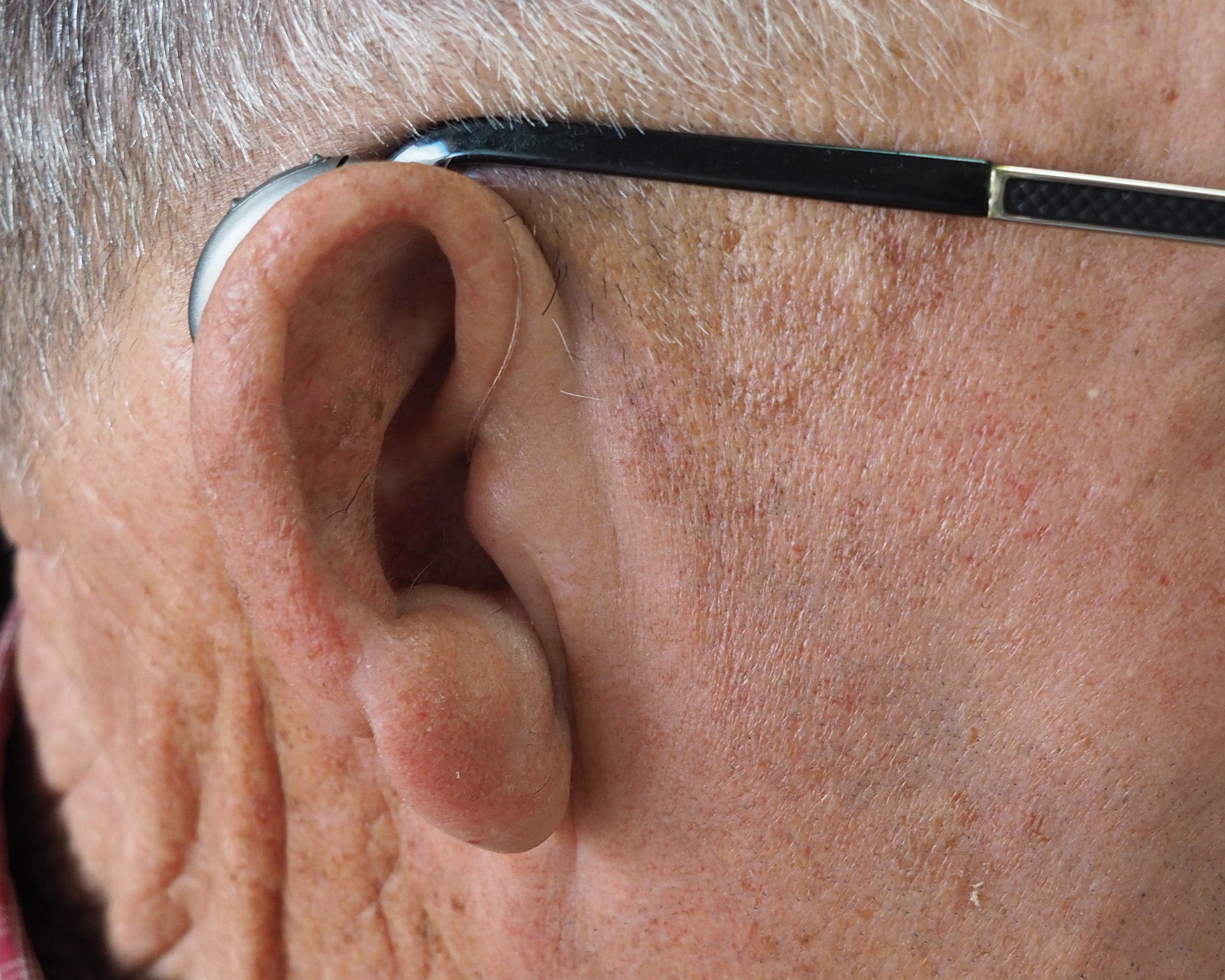Chronic Kidney Disease: Warning Signs And How To Manage Your Symptoms
By Optum New Mexico
Chronic kidney disease (CKD) affects about one in seven U.S. adults, with ages 65 and older impacted significantly more than younger populations. Because CKD usually progresses slowly, it often goes undiagnosed, and in its early stages, the disease can be asymptomatic. In fact, most adults with chronic kidney disease do not know that they have it, which is why during National Kidney Month, it is important to raise awareness about CKD, diagnosis, and treatment.
About 2.9 percent of the New Mexico population has been told by a health professional that they have kidney disease, not including kidney stones, bladder infection, or incontinence, with men affected at a higher rate (3.5 percent) than women (2.4 percent), according to the United Health Foundation’s 2021 Health Rankings. As with many diseases, the likelihood of developing CKD increases with age.
Adults with diabetes and hypertension are at higher risk for developing CKD. Diabetes is the
most common cause of kidney failure, accounting for nearly 44 percent of new cases. With proper care, however, fewer than 10 percent of diabetics develop kidney failure.
“People with CKD can, and do, lead normal lives if the disease is recognized at an earlier stage and properly treated. However, untreated disease can progress and lead to more severe kidney damage and other health complications. As there are no reliable symptoms of early CKD, it is important to see your health care provider to discuss your risks,” said Dr. Michael Bergeron, senior medical director with Optum New Mexico.
Kidney disease is difficult to manage for the following reasons:
- Unrecognized – Often, the disease is not identified until the kidney begins to fail.
In 2012, nearly 70 percent of all patients (including those with Medicare) beginning
dialysis had not received care from a nephrologist at least 12 months prior to
initiation of dialysis therapy.
• Multiple co-morbidities – Depending on the specific CKD stages, a patient may
also have co-morbidities, such as diabetes, hypertension, bone disorders, and
cardiovascular disease.
• Frequent hospitalizations – Patients with CKD are hospitalized at least once per
year on average. Since CKD is often masked by other conditions, the actual number
of admissions may be even higher than data show.
“Screening for CKD is the only reliable way to catch this progressive disease early. In the early stages, CKD can be managed through medications prescribed by your doctor and, even more importantly, they can help with controlling any other chronic health conditions you may have, many of which can make CKD worse,” Bergeron said.
When left undiagnosed and untreated, CKD may progress to late-stage kidney disease or in some cases, end stage renal disease (ESRD), which is the irreversible loss of kidney function.
Patients with ESRD require ongoing dialysis or a kidney transplant to stay alive. Right now, 818 New Mexicans await a lifesaving transplant and 700 need a kidney, according to the New Mexico Kidney Foundation.
Optum New Mexico’s Extensivist program is a specialized program that provides an extra level of care and attention for Medicare Advantage patients that have chronic health conditions, like CKD. The goal of the program is to provide intensive and regular care for about three months or until the patient is stable and able to properly manage their health condition(s). The program’s lead doctor educates and empowers patients to address lifestyles, diet, and co-morbid conditions that contribute to kidney failure, and then guides them through a detailed plan of how to help them better manage the disease.













